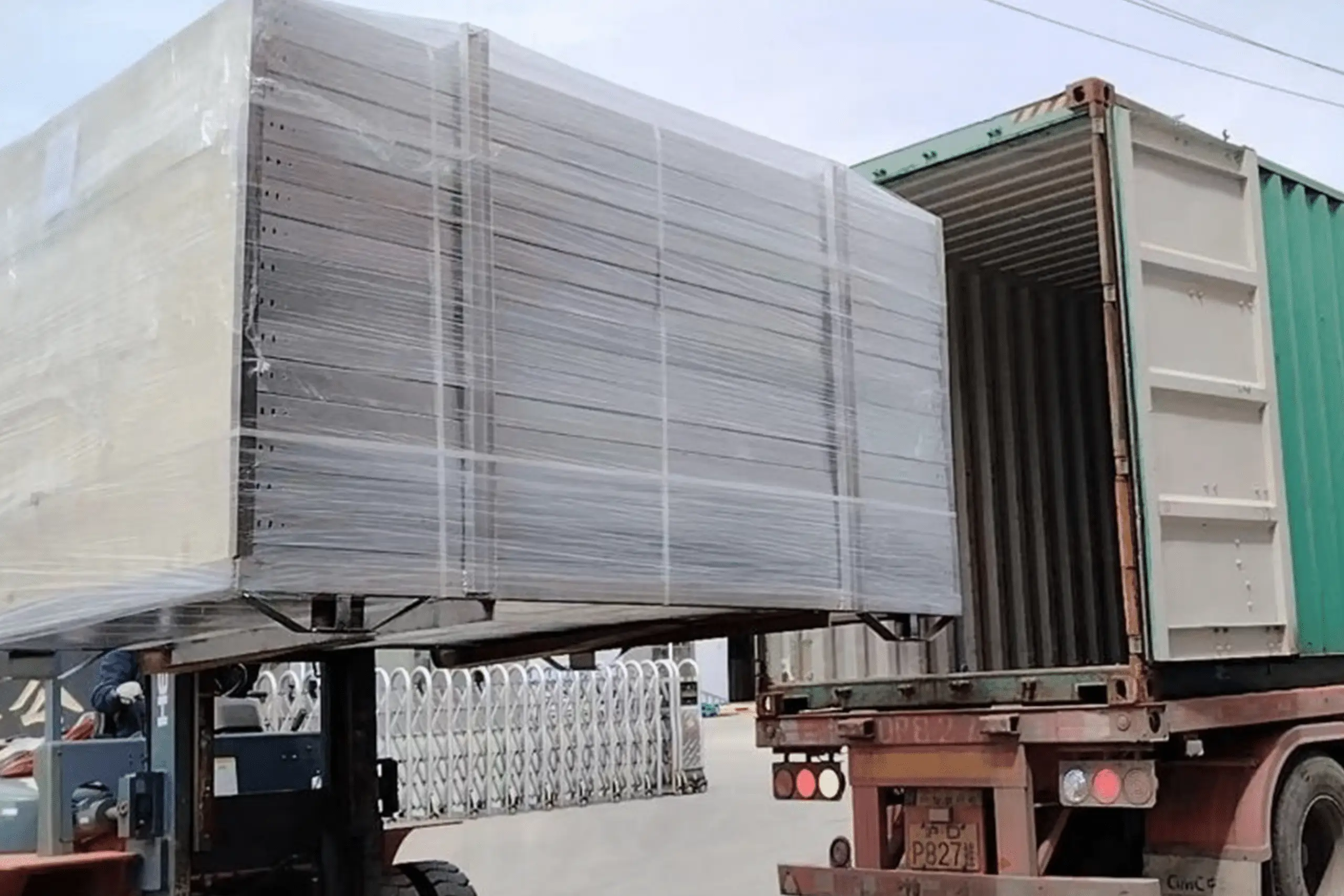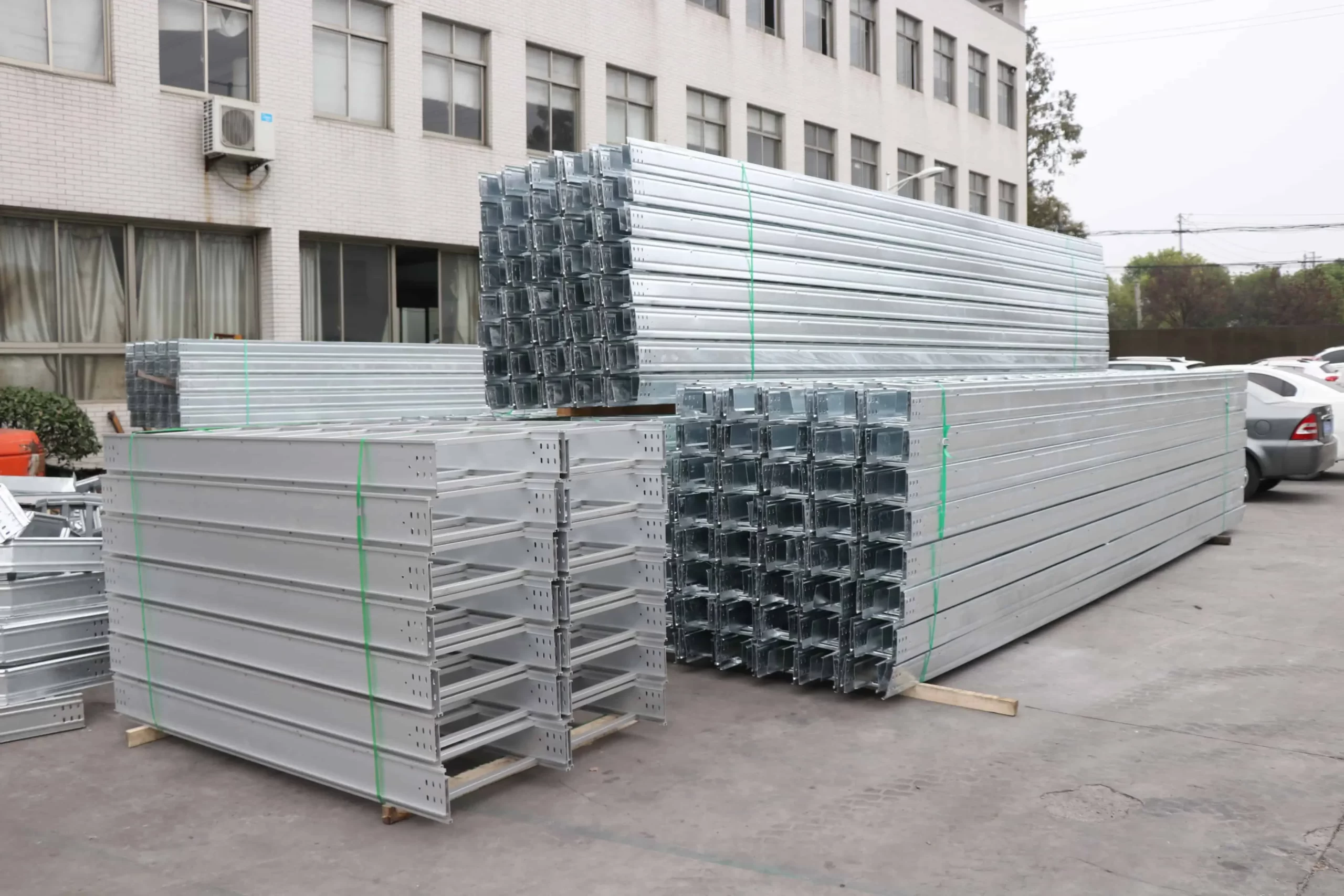Cable trays are an essential component of modern electrical installations, providing a structured and organized pathway for cables and wiring in commercial, industrial, and even residential settings. They offer protection, support, and simplify maintenance while promoting safety and adherence to electrical codes. Selecting the right cable tray system involves considering several factors, from load capacity and environment to material type, size, and installation requirements. This article serves as a comprehensive guide to help you make an informed decision when choosing a cable tray.

1. Understanding Cable Tray Types
There are four primary types of cable trays:
Ladder Type Cable Trays: Resembling a ladder, they have two longitudinal side rails with crossbars at regular intervals. These are ideal for large volumes of cables due to their open structure that allows good air circulation and easy access for adding or removing cables.
Solid Bottom Cable Trays: As the name suggests, these have a solid base with sides and sometimes covers. They provide excellent protection against dust and other environmental elements, making them suitable for outdoor or harsh environments.
Wire Mesh Cable Trays: With a mesh-like construction, they offer better ventilation than solid trays but more protection than ladder trays. Ideal for areas where some level of protection is required without compromising on airflow.
Ventilated Channel Cable Trays: These trays feature a channel design with perforations for ventilation. They are typically used for routing small numbers of cables or for applications requiring low fire hazard ratings.

2. Load Capacity & Cable Density
The load-bearing capacity of a cable tray is critical. Consider not just the weight of the cables currently installed, but also any future additions or upgrades. The National Electrical Code (NEC) provides guidelines for calculating fill ratios to ensure proper spacing and airflow around cables. Overloading can lead to overheating and potential safety issues.
3. Material Selection
Cable trays are made from various materials including:
Metal: Steel (galvanized, stainless, or aluminum) is durable, offers high strength, and is resistant to corrosion. Stainless steel is best for corrosive environments, while aluminum is lightweight and non-corrosive.
PVC: For non-corrosive indoor environments, PVC cable trays can be cost-effective and easier to install. However, they generally have lower load capacities compared to metal trays.
FRP (Fiber Reinforced Plastic): Suitable for harsh chemical environments and high humidity areas where corrosion resistance is paramount.
4. Environmental Factors
Consider the environment in which the cable tray will be installed. Outdoor installations require trays with weather-resistant coatings or materials like stainless steel. Indoors, if there’s a risk of exposure to chemicals, sparks, or extreme temperatures, choose a tray that can withstand such conditions.
5. Fire Ratings
Depending on local regulations and the building’s fire safety requirements, you may need cable trays with specific fire-resistance properties. Metal cable trays often have higher fire ratings than non-metallic ones.
6. Size and Configuration
The width and depth of the tray should comfortably accommodate all the cables without overcrowding. Also, consider bends, tees, crosses, and fittings needed to navigate the route of the cable run.
7. Installation Requirements
Ease of installation, including mounting options (surface, underfloor, or overhead), compatibility with existing structures, and ease of expansion should also be factored into your choice.
8. Compliance with Codes and Standards
Always ensure that the chosen cable tray system complies with applicable national and local electrical codes, such as NEC, NFPA, or UL standards.

9. Cost and Maintenance
While upfront costs are important, also consider the lifecycle costs including maintenance, repair, and replacement. Invest in a quality cable tray system that will provide reliable service over its expected lifespan.
In conclusion, selecting the appropriate cable tray requires a thorough understanding of your project’s unique needs, combined with knowledge of different cable tray types, materials, and regulatory requirements. By carefully evaluating these factors, you’ll be able to select a cable tray system that optimizes functionality, safety, and efficiency throughout its operational life. Remember to consult with professionals and refer to industry standards for guidance during this process.

